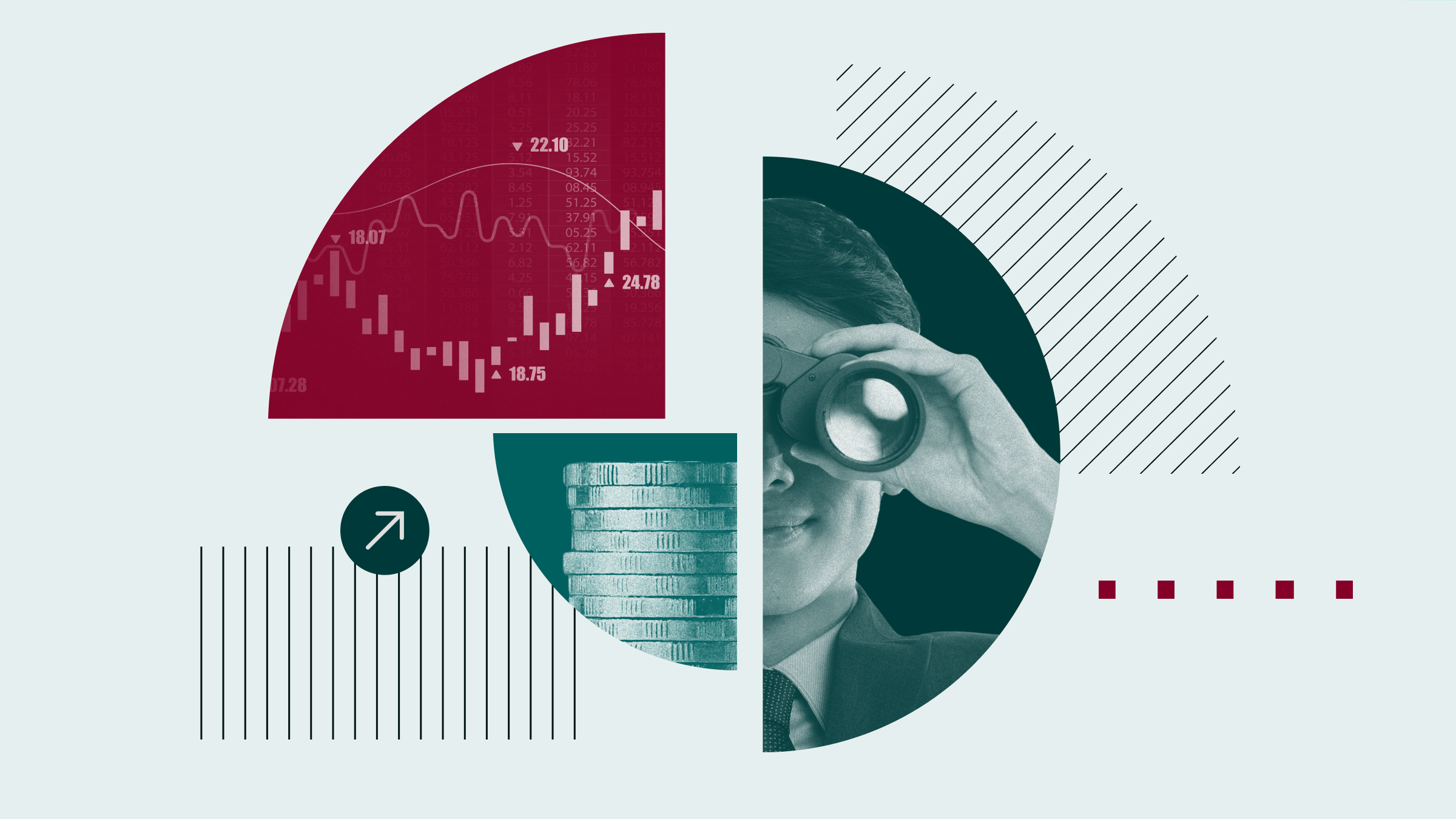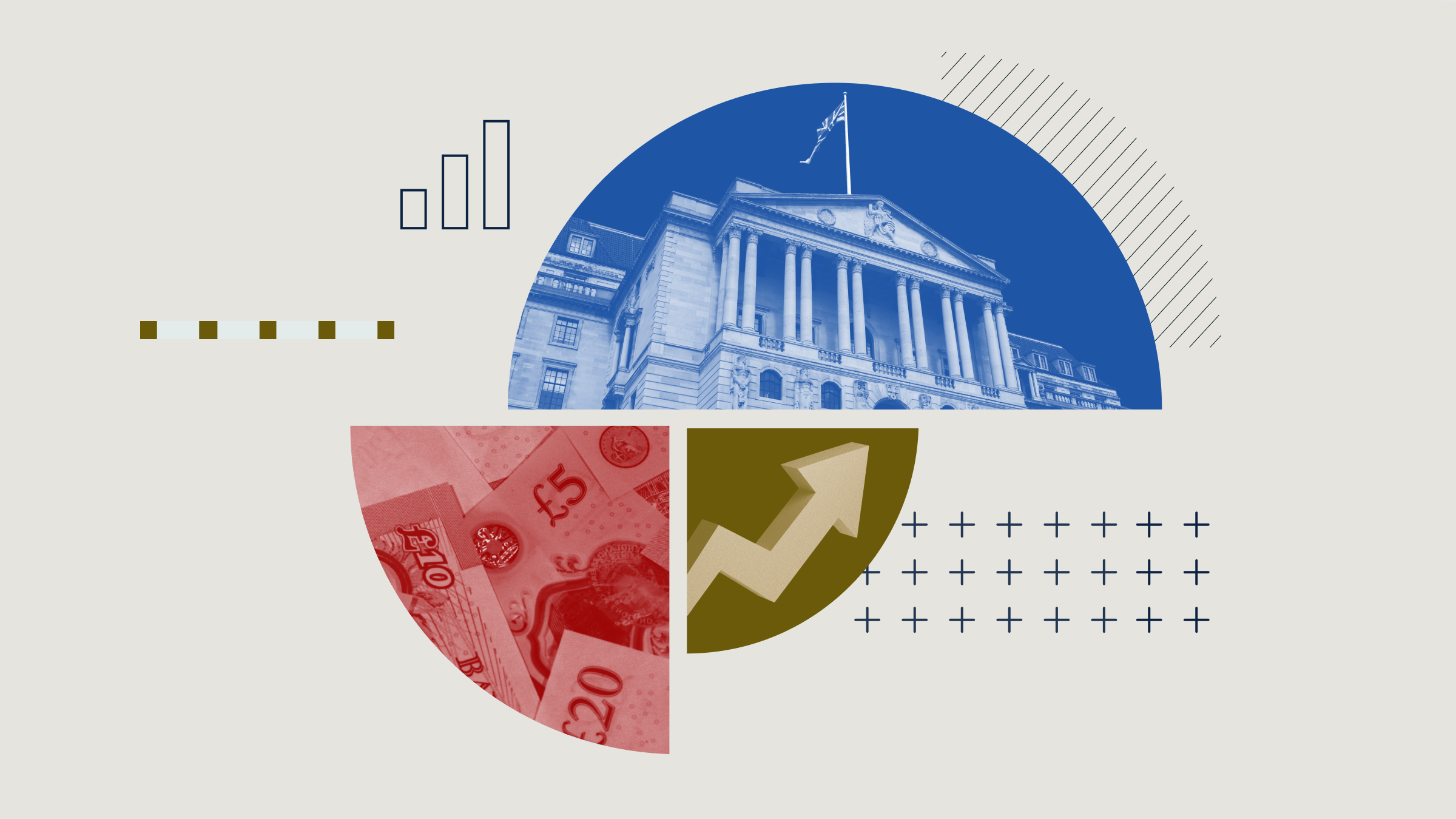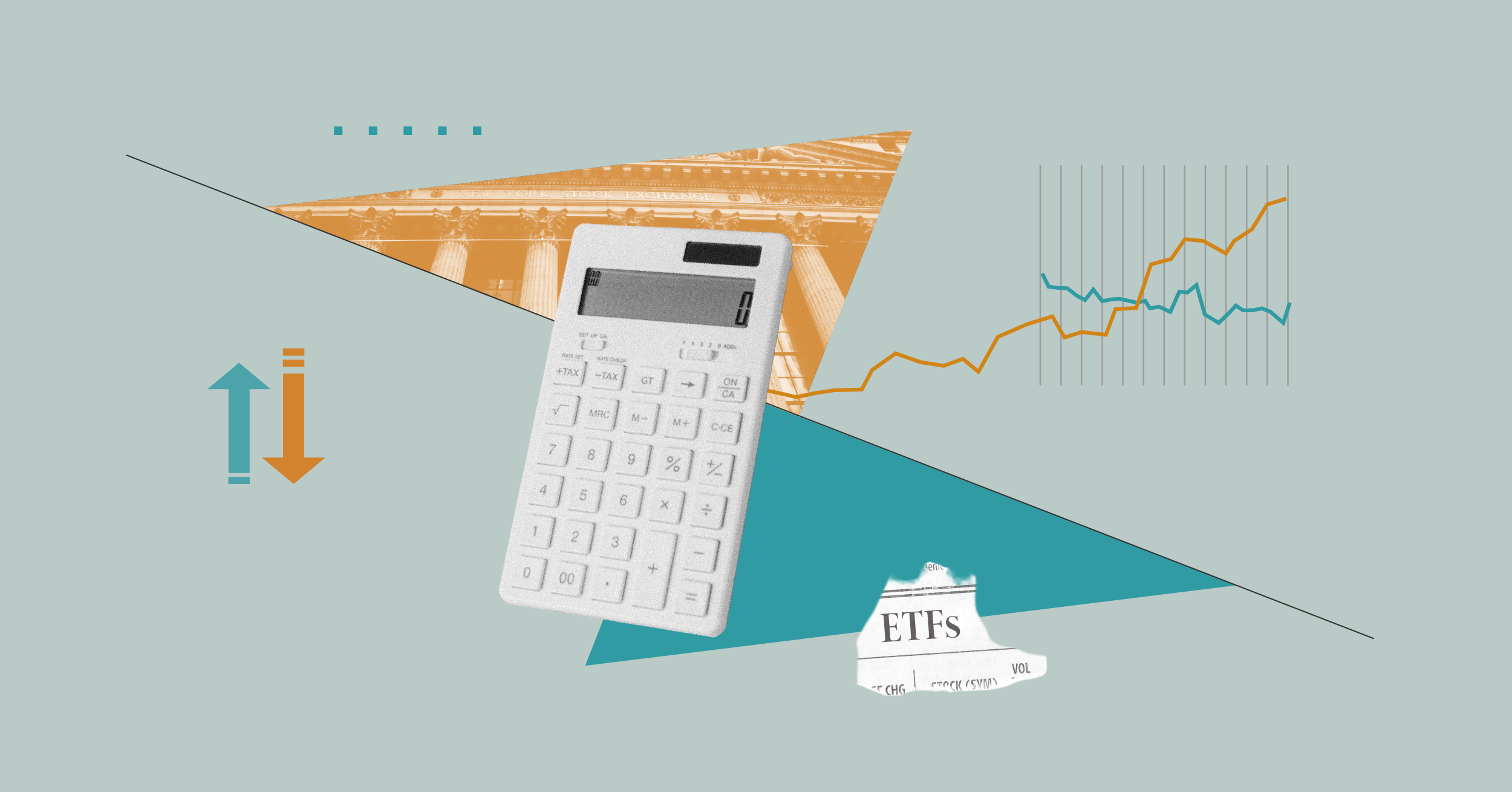The first quarter of 2012 saw most equity markets rally on the back of an improving global growth outlook driven by the US and some degree of resolution of the eurozone debt crisis via the implementation of the Long Term Refinancing Operations (LTROs). Latin American countries benefited from this brightening outlook and the MSCI EM Latin America index outperformed the MSCI World index and the MSCI Emerging Markets index as a result. Although the country fundamentals and the economic outlook within Latin America are somewhat more positive relative to the developed world, Latin American markets still suffered from high levels of volatility caused by the extremely well publicised debt problems in the eurozone over the past year.
Tough 2011, Stronger 2012
2011 was a poor year for emerging markets in general and Latin America as a whole. The MSCI EM Latin America index, which includes Brazil, Mexico, Chile, Colombia and Peru, delivered a negative return of 19.4% (in USD terms) which was largely driven by a very negative performance from the index’s main component Brazil, down 21.8% over the year.
Indeed, Brazil, Chile and Peru, whose stock markets all have significant exposure to mining companies, struggled in the face of weakening global demand for their commodity exports and falling copper prices in the case of Chile. Far-left candidate Ollanta Humala’s victory at the presidential elections in Peru was another source of concern as his proposal of a new tax on miners impacted negatively on valuations.
Conversely, smaller markets such as Colombia proved resilient as strong fundamentals and a loyal pension base shielded it from most of the third quarter’s sell-off.
Finally, Mexico provided some relief on the back of an improving outlook for the US towards the end of the year.
Whilst 2011 was a challenging year for Latin America equities, Latin American countries are now in a much stronger position, as inflation has come down significantly and governments can use monetary policy easing to boost growth. These policy tools are essential at a time when policymakers around the world have become far more concerned about economic growth rather than inflation and developed economies have limited leeway in this regard.
In light of slowing global growth and in particular China’s economic slowdown, the Brazilian central bank has been prompted to cut interest rates, from 12.5% in the summer 2011 to 9% as of 30 April 2012, in order to support domestic demand. This should make Brazilian bonds less attractive to foreigners, therefore reducing demand for the Real and alleviating some of the upward pressure on the currency – which should ultimately benefit exporters.
Strong domestic demand could, however, trigger a rise in inflation as the economy threatens to overheat. As of the end of April 2012, according to consensus, inflation in Brazil should average 5%-5.5% in the next two years, which is still above the official target of 4.5%.
External Shocks
Although country fundamentals are strong, the region remains vulnerable to external shocks. Export-driven countries in particular are most affected by any sign of a global economic slowdown. Indeed a further escalation of the eurozone debt crisis or worsening macroeconomic data from the US could see investors repatriate their investments as they worry about the potential impact on local growth and exports.
Similarly, a harder-than-expected landing in China would definitely cloud the outlook for global growth and impact commodity exporters in Brazil, Chile and Peru, as they are reliant on Chinese demand for raw materials.
Government intervention is also an inherent risk to the region in light of the Argentinean government’s recent decision to take control of Repsol’s subsidiary, YPF by seizing 51% of YPF’s shares.
The Sun Is Shining on LatAm
Despite the potential downside risks to the outlook, the region remains on track to achieve strong GDP growth in 2012 given vigorous domestic consumer spending from the growing middle class and large infrastructure projects. Indeed domestic consumption and investments continue to be the main contributors to regional economic growth, ahead of exports – Brazil’s exports for example only account for 20% of GDP growth. According to the IMF’s World Economic Outlook, Latin America should witness growth of circa 3.75% this year - Brazil’s GDP growth is expected to reach 3% supported by monetary policy easing and strong domestic demand whilst Mexico is expected to grow at a rate of 3.6% depending on the strength of US growth; Chile, Colombia and Peru should also experience solid GDP growth ranging from 4.3% in Chile to 4.7% in Colombia and 5.5% for Peru. A widely expected ‘soft landing’ in China, along with relatively high oil prices caused by supply-side issues should help exports. Valuations have also fallen to more attractive levels following last year’s market sell-off, which should help stock market performance.
Funds for Gaining Exposure to LatAm
We have selected a mixture of funds from three categories: newcomers, largest funds, and best performance over three years. Some of the funds are positively rated by Morningstar OBSR, including Amundi Funds Latin America Equities, Blackrock Global Funds Latin American and Henderson Gartmore Latin America.
Best Performing LatAm Funds (over 3 years)
Amundi Funds Latin America Equities has been run by Patrice Lemonnier since its inception in February 1994 whilst Lionel Bernard joined him as co-manager in 2005. The managers attempt to anticipate change ahead of the consensus, focusing on the difference between their views and consensus and market views rather than relying on past correlations. This large-cap bias blended fund seeks to deliver consistently attractive relative performance through the generation of alpha at the country, sector and stock level in a risk controlled manner. Morningstar has a Bronze rating on this fund.
Fidelity Funds Latin America is co-managed by Alex Duffy and Angel Ortiz. They seek to identify stocks where the underlying ability to grow the company’s earnings are not reflected by current valuations. They prefer businesses with strong market positions, solid balance sheets and the ability to deliver and increase free cash flow returns to shareholders. They also use sentiment and macroeconomic analysis to form a rounded view on each stock and market that they analyse. The result is an unconstrained all-cap portfolio of 50-80 holdings.
Managers, Ian Simmons and Stefan Herz, run Magna Latin American in a consistent, pragmatic stock-picking manner, investing in a concentrated portfolio of their 30-60 best ideas across the market cap spectrum. The investment process focuses on in-depth, bottom-up analysis that often leads the managers towards small- and mid-caps as well as pre-IPO situations. They will analyse a company’s management team and their track record, corporate governance, the business model and its sustainability, cash flow and capital allocation, and the balance sheet, amongst other factors.
Largest LatAm Funds
Investors of the Schroder ISF Latin America fund have the benefit of a highly experienced duo in Nicholas Morse and Allan Conway. The pair is backed by a team of four analysts. The fund’s strategy focuses on deriving value from both country allocation and stock selection. Country weights are determined by using a top-down quantitative model that considers factors such as valuations, growth, currency, momentum and interest rates. The country weights are then populated with analysts’ recommendations, while another quant model provides a sense-check on sector exposures. Morningstar rates the fund Neutral.
Henderson Gartmore Latin America offers investors exposure to Latin American equities, with a bias towards large-cap growth stocks and earnings surprises. Lead manager, Chris Palmer, has been running the fund since 1995 and is one of the most experienced investors in the field. He uses a combination of qualitative and quantitative methodologies, applied to stock, sector and thematic analysis, to identify opportunities. The fund can be managed quite aggressively, but this is counterbalanced by a well thought out portfolio construction process which results in a portfolio of 40 to 60 holdings. Morningstar has a Silver rating on this fund.
Blackrock Global Funds Latin American has been managed by the highly experienced investor, Will Landers, since January 2002. The investment process primarily involves bottom-up stock selection, based upon strong fundamental research although the manager also takes into account top-down inputs in order to avoid macroeconomic-induced setbacks and to take advantage of trends. Although benchmark aware, the manager is not index-driven and, as such, country weights can vary significantly from the benchmark. Effective risk control is achieved through country and security diversification. Morningstar rates the fund Bronze.
Newcomers
Aberdeen Global Latin American Equity is managed in line with the in-house investment philosophy. The process is strictly bottom-up in nature and the team seeks to identify good quality companies in which they are able to achieve an in-depth understanding with a view to investing for the long term. High quality management is considered of critical importance and they also look for companies with growth characteristics, competitive business models, strong balance sheets and high returns on capital. The mandate is not constrained by the benchmark which means that the fund can hold significant geographic or sector exposures relative to the index.
Invesco Latin American is managed by UK-based Dean Newman. The investment process, which is flexible and relatively unconstrained, combines top-down and bottom-up analysis as the manager believes this is particularly important in Latin America. However, he also places a lot of importance in trusting the management and having faith in the business model. As a result, high quality management is considered of critical importance and he and his team also look for companies with growth characteristics, competitive business models and solid balance sheets.
The management of the Investec GSF Latin American Equity fund is sub-advised to Compass Group LLC a locally based investment manager. Compass considers top-down inputs, themes and bottom-up analysis when constructing the portfolio. The manager, Carina Güerisoli, and her team seek to invest in companies benefiting from increased global demand for natural resources as well as the domestic consumption pattern and economic development in the region. While the fund invests in large cap stocks, it can also include significant exposure to small and mid-cap investments as well as off-index companies with large operations in the region.
A version of this article appeared in Investment Adviser.
























